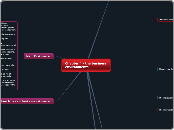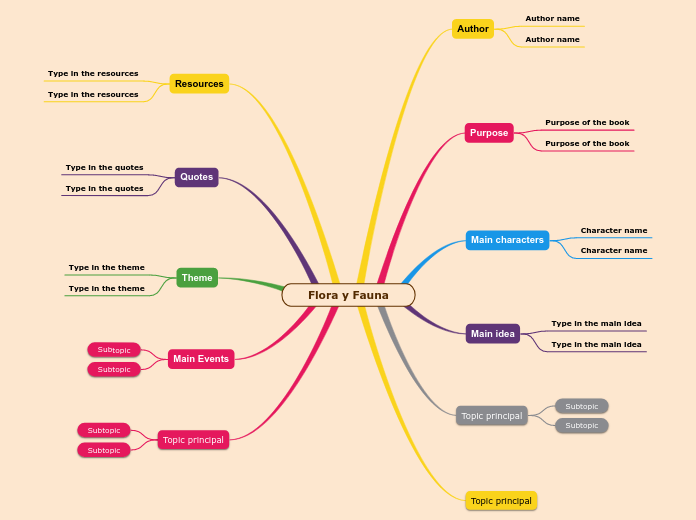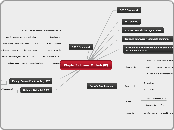door Lauren Zeelie 12 jaren geleden
2559
Chapter 4 - the business environments
The microenvironment of a business encompasses internal elements over which management has full control. It includes the organization’s vision, mission, and objectives, which define its existence, as well as different management types that shape its structure and policies.









